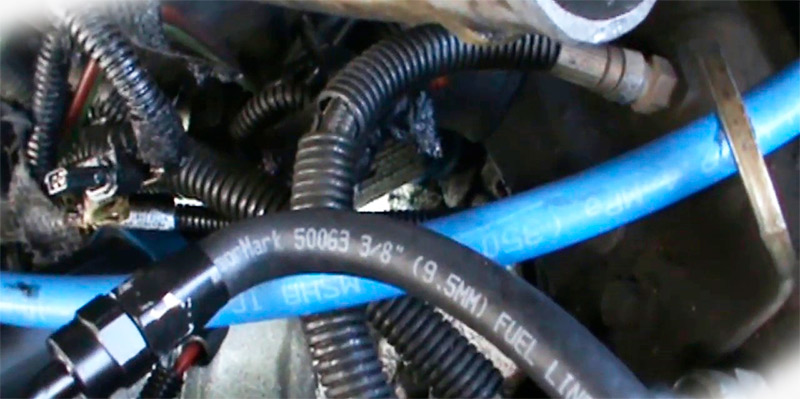If you are having issues getting your 7.3 Powerstroke to start, then there is a good chance that the fuel system has air in it. The best way to bleed the fuel system on your truck is with compressed air. You can purchase an inexpensive compressor from any auto parts store and use that to get rid of all of the air in the lines of your vehicle. This article will go over how to do this for your specific model year and engine type!
A diesel fuel system can be considered to have three major components: the tank, the pump and filter, and the injectors. The pump is a device that is used to pressurize fuel downstream of it so that it can be injected into the engine cylinder; while the injectors are devices which spray an aerosolized mist of diesel fuel onto each intake stroke in order to ignite them. They are designed primarily as pressure-injection type systems with very precise control over injection timing.
The 7.3 Powerstroke has many advantages when compared to other diesels on today’s market because of its ability to produce more power without sacrificing emissions or efficiency. However, like any other diesel vehicle or machine there will come a time when the fuel system needs to be bled and it is important that this step in maintenance not be overlooked.
The process of bleeding a diesel truck’s fuel system can seem like an intimidating task, but with some patience it will become less so. The first thing you need to do is turn off the vehicle (if necessary) then remove the fuel filter. Unscrew and remove this, then turn it over to drain all of the fluid from inside it into a receptacle such as an empty coffee can or bottle, without letting any dirt slip in with it.
Next you will need to locate your vehicle’s bleeder valve which is usually located near the top end of the fuel filter. Once located, remove the protective cap and turn it counter-clockwise to open it up.
Fuel will start leaking from this valve so be careful not to let any spill out on your clothing or come in contact with sensitive surfaces nearby such as paint or carpeting. Slowly crank the engine over for about three minutes until you notice a decrease in pressure coming from where you’re opening up the bleeder valve.
At this point, if there are still air bubbles present (due either to insufficient flow of diesel through system or because lines were not sufficiently drained) they may need help bleeding down by using a hand vacuum pump at low psi setting; just don’t exceed 20psi when aiming nozzle towards body panels.
This will help to draw air bubbles out of the lines and through the system.
As soon as you notice that no more pressure is coming from where you’re opening up the bleeder valve, shut it off and replace any caps or protective covers before continuing on your way with a newly bled fuel system!



Add Comment